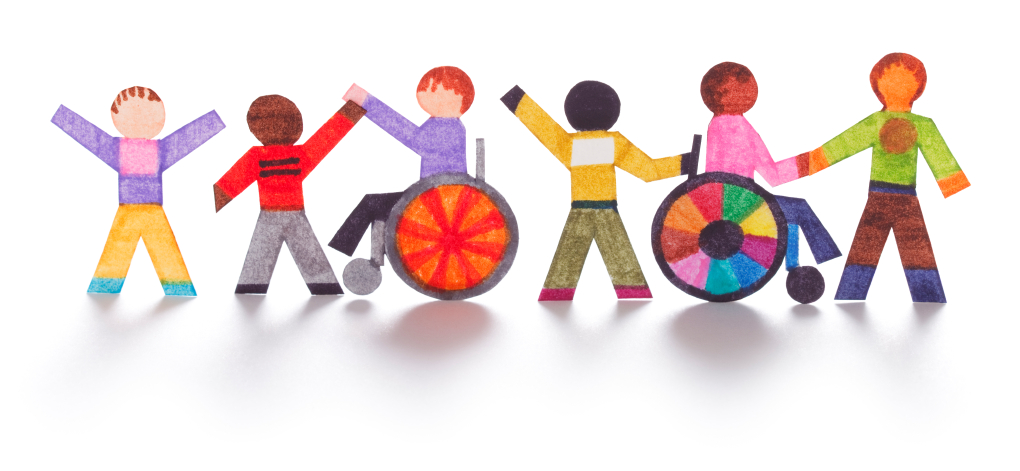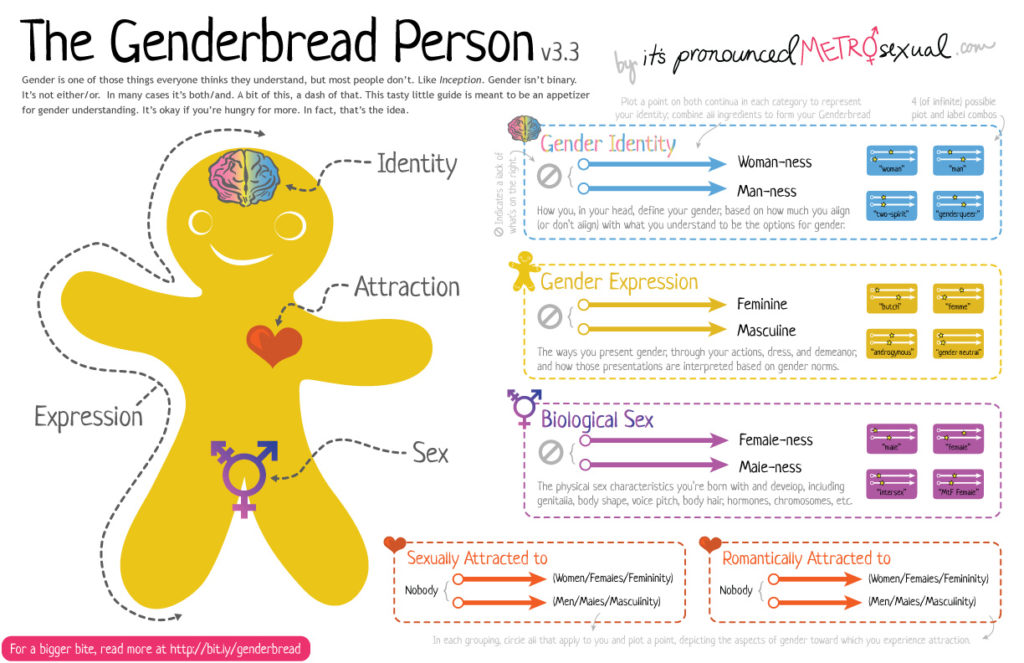Teaching Gender Identity
- It may help to think about your personal values, beliefs and biases before talking about sexual and gender diversity with your students.
- Learn about the topic from relevant and accepted sources (eg:- planned parenthood, agents of ishq etc) before you start talking about gender identity.
- Don’t use anti-LGBTQI (Lesbian – Gay – Bisexual – Transgenders – Queer – Intersex) language. Don’t laugh at jokes that make fun of person’s sexual orientation, gender identity or gender expression.
- Use gender inclusive language.
- Don’t make assumptions about a person’s sexual orientation or gender identity.
- Many use the terms ‘gender’ and ‘sex’ to mean the same thing, but it’s not correct.
- Use inclusive graphics, posters and images
These are a few concepts that you need to get your head around before you can explain it to your students:-
Gender identity is one’s innermost concept of self as male, female, a blend of both or neither – how individuals perceive themselves and what they call themselves. One’s gender identity can be the same or different from their sex assigned at birth. It is all about how you, in your head, think about yourself. As you know it, do you think you fit better into the societal role of “woman,” or “man,” or do neither ring particularly true for you?
Gender expression is all about how you demonstrate your gender through the ways you act, dress, behave, and interact–whether that is intentional or unintended. Gender expression is interpreted by others perceiving your gender based on traditional gender roles (e.g., men wear pants, women wear dresses). Gender expression is something that often changes from day to day, outfit to outfit, event or setting to event or setting. It’s about how the way you express yourself aligns or doesn’t with traditional ways of gendered expression. And like gender identity, there is a lot of room for flexibility here.
Biological sex refers to the objectively measurable organs, hormones, and chromosomes you possess. Being female means having a vagina, ovaries, two X chromosomes, predominant estrogen, and you can grow a baby in your stomach area. Being male means having testes, a penis, an XY chromosome configuration, predominant testosterone, and you can put a baby in a female’s stomach area. Being intersex can be any combination of what I just described.
Sexual orientation is all about who you are physically, spiritually, and emotionally attracted to. If you are male and you’re attracted to females, you’re straight. If you’re a male who is attracted to males and females, you’re bisexual. If you’re a male who is attracted to males, you’re gay. And if you’re a female who is attracted to females, you’re Lesbian.
Queer is anything that exists outside of the dominant narrative and established notions of gender. Queer means that a person could be one of those letters (LGBT) or all of those letters, which is perfectly okay. Being queer is a state of mind, ceasing to think in binaries like “,male” or “female”, “gay” or “straight”. It means being aware and okay with the fact that our sexualities are always in flux and never static.
Transgender is an umbrella term for people whose gender identity and/or expression is different from cultural expectations based on the sex they were assigned at birth. Being transgender does not imply any specific sexual orientation. Therefore, transgender people may identify as straight, gay, lesbian, bisexual, etc.
Intersex is a general term used for a variety of conditions in which a person is born with a reproductive or sexual anatomy that doesn’t seem to fit the typical definitions of female or male. For example, a person might be born appearing to be female on the outside, but having mostly male-typical anatomy on the inside. Or a person may be born with genitals that seem to be in-between the usual male and female types—for example, a girl may be born with a noticeably large clitoris, or lacking a vaginal opening, or a boy may be born with a notably small penis, or with a scrotum that is divided so that it has formed more like labia. Though we speak of intersex as an inborn condition, intersex anatomy doesn’t always show up at birth. Sometimes a person isn’t found to have intersex anatomy until she or he reaches the age of puberty, or finds himself an infertile adult.
(source:- ISNA, Human Rights Campaign, Its Pronounced Metrosexual & Teaching Sexual Health)









